Calcium carbonate is a kind of inorganic compounds, white or colorless crystalline powder, odorless, tasteless, commonly known as grey stone, limestone, stone powder, marble and calcite. it is a kind of compound, alkaline, basically does not dissolve in water, soluble in acid, found in aragonite and calcite, chalk, limestone, marble, travertine and so on within the rock, it is important to building materials, widely used in industry.
Calcium carbonate has various applications in many industries. And to apply calcium carbonate, we need to process calcium carbonate into suitable fineness. In the following part, we introduce the applications of calcium carbonate, calcium carbonate processing plant and carbonate grinding machine.
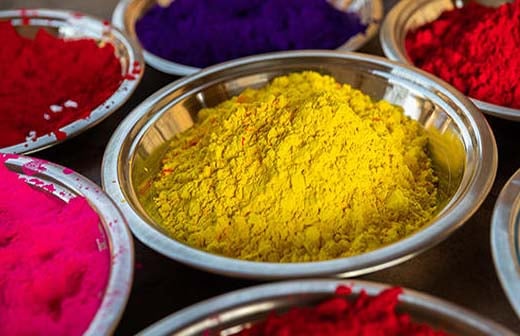
Generally, calcium carbonate can be divided into heavy calcium and light calcium.
Heavy calcium: Heavy calcium carbonate, also known as ground calcium carbonate, referred to as heavy calcium, is produced by physical methods using natural calcite, limestone, dolomite, chalk, shells, etc. as raw materials.
Light calcium: Light calcium carbonate, also known as precipitated calcium carbonate, or light calcium for short, is produced by chemical processing.
A complete calcium carbonate processing plant mainly consist the following 4 steps:
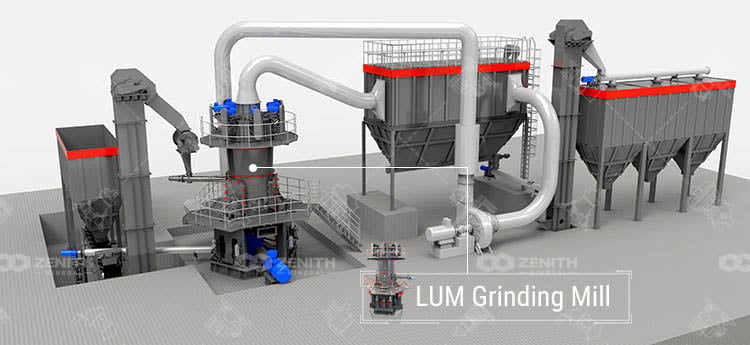
The raw calcium carbonate ore has just been mined from the mine. The size of the raw materials is relatively large, and the stacking position is relatively simple. It is not recommended to stack in the open air to avoid rainwater and increase the difficulty of subsequent drying and grinding. There is a chain bucket unloader, which is unloaded by the chain bucket. The machine is unloaded into the factory area for storage, fed into the storage hopper above the belt conveyor, into the raw material bin of the batching station, and then fed into the screw feeder by the belt feeder through the elevator, and fed into the calcium carbonate grinding mill.
In the grinding stage, materials with a humidity of less than 15% do not need to be equipped with a dryer. They can be ground in the grinding mill by inletting hot air. If the humidity exceeds this range, grinding and drying need to be separated, and the materials are sent into the dryer first. Dry and grind.
The material is ground in the grinding mill. At the same time, the whole equipment has an overall structure. The grinding roller limit device is adopted to avoid the severe vibration of the mill due to the lack of material. The oxygen content in the grinding mill is reduced, and the explosion suppression performance is excellent; the stability and production capacity of the product are greatly improved.
The fully ground material should be collected by a pulse collector, and sent to the finished product tank by a blower air transport equipment for storage.
In calcium carbonate processing plant, grinding mill is the core equipment to process raw calcium carbonate into powder.
The commonly used calcium carbonate fineness is 0-3mm, 80-425mesh and 25-3000mesh.
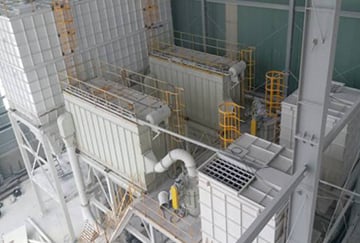
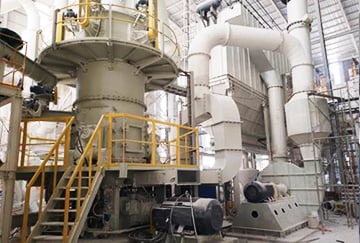
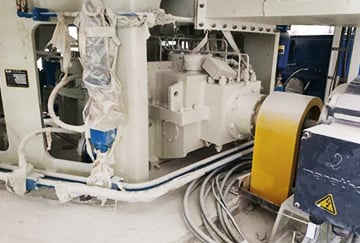
For processing heavy calcium powder in the range of 80-425 mesh fineness, European mills and vertical roller mills can be selected.
1. European version grinding mill
The European version of the grinding mill system is a closed-circuit system. Its technical characteristics are that the single-machine production capacity is large, it is easy to scale production, the energy consumption per unit product is low, the product size distribution is wide, the purity is good, and the fluidity is good. 33μm, the production capacity of a single machine is 6-35t/h depending on the model.
2. Vertical roller mill
The vertical roller mill system is an open-circuit system. It is large-scale and industrialized grinding equipment developed and designed in combination with the advantages of German technology. It is especially suitable for large-scale calcium carbonate crushing and processing. The fineness of the finished product is D97=200-33μm, and the single-machine production capacity is 20-80t/h depending on the model.
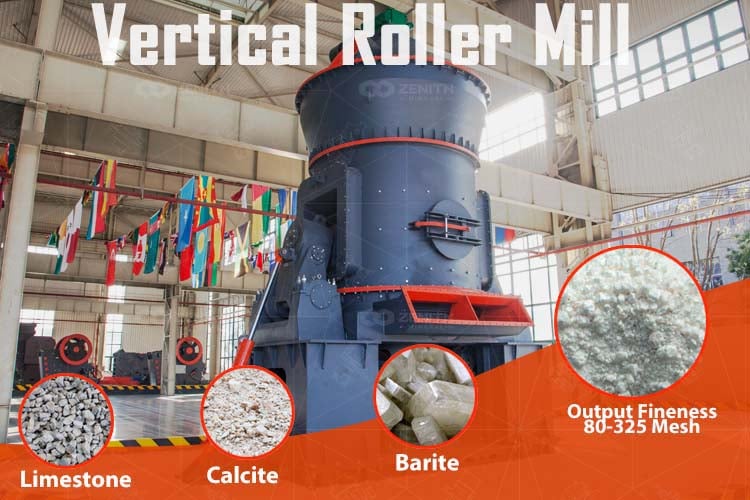
The heavy calcium powder in this fineness range can be processed by ultra-fine medium-speed ring roller mill. The system is dry production, which can realize self-grinding and self-selection. The heavy calcium powder can be directly prepared by the frequency conversion powder separator without external screening. or sorting. This machine is mainly used in the crushing and processing of ultrafine calcium carbonate. The fineness of one-time finished product is D97=3-33μm, and the production capacity of a single machine is 0.5-8t/h depending on the model.
In the processing of calcium carbonate powder, due to the different application industries of the finished products, the production capacity of the production line and the fineness of the finished products are different, so the grinding equipment used in the calcium carbonate processing plant is different.
Calcium carbonate (including heavy calcium and light calcium) is the most widely used and the largest amount of inorganic mineral powder materials, they have various applications:
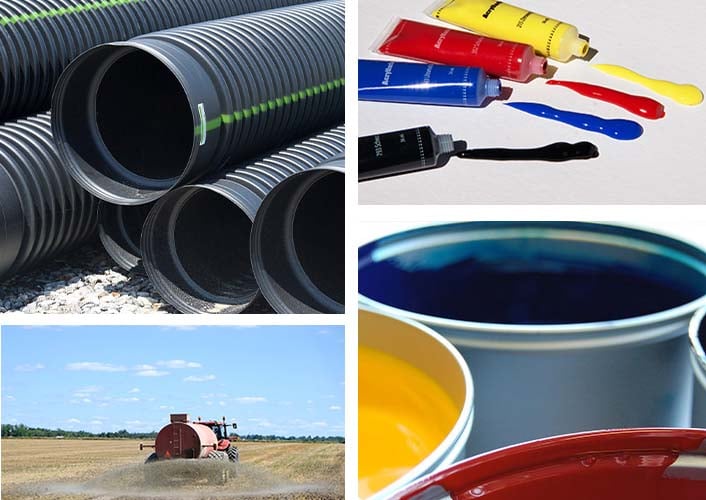
As a powder material commonly used in plastics, calcium carbonate has many advantages that other powder materials do not have, such as high whiteness, easy surface organic treatment, light wear on processing equipment and molds, and good molding fluidity. Abundant and inexpensive, it has become the preferred inorganic mineral powder material in the plastics processing industry.
For rubber, calcium carbonate is the third largest reinforcing filler after carbon black and white carbon black. It has the characteristics of low toxicity, low price and good reinforcing effect.
Heavy calcium carbonate (commonly known as heavy calcium) is the first filler in the world coating industry, it is not only cheap, can greatly reduce the production cost of coating, as one of the functional fillers, it can affect many properties of the coating, such as changing the mechanical strength of the coating, improve the water resistance, resistance to powder and so on.
Calcium carbonate is one of the main inorganic chemical raw materials in the papermaking industry. The purpose of adding fillers in papermaking is to improve the opacity and brightness of the paper, improve the smoothness and uniformity of the paper, increase the softness of the paper, and reduce the moisture absorption and deformation of the paper.
Pure calcium carbonate is used as an additive in various foods.
In the prevention and treatment of osteoporosis and other related diseases, calcium carbonate is the most widely used because of its high calcium content, low price, no side effects, and the best effect and price ratio.
Calcium carbonate can be used as a fricative in toothpaste and an additive in animal feed. Calcium carbonate is also used in printing ink, putty, and sealing wax, adhesives, mostly to increase the volume and reduce the cost of filling.
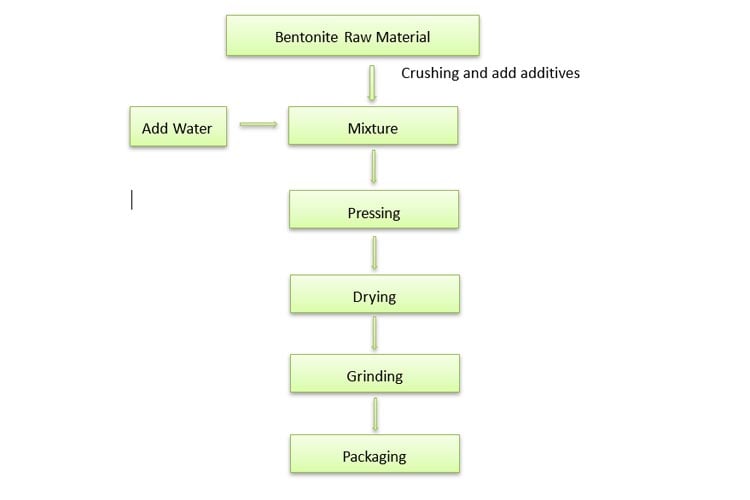
In bentonite processing plant, the production of bentonite mainly takes natural bentonite as raw material, and obtains corresponding products that meet the requirements by using purification, modification, activation, modification and other technologies. Here, purification and modification are mainly involved.
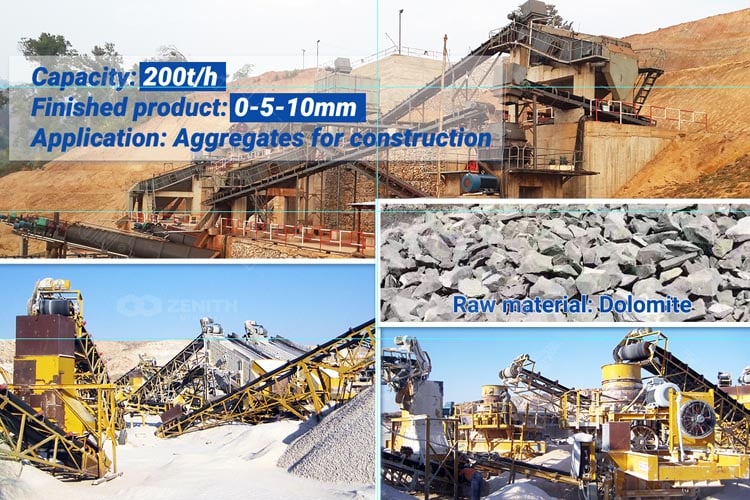
dolomite processing plant can be divided into dolomite crushing and sand making plant and dolomite grinding plant.
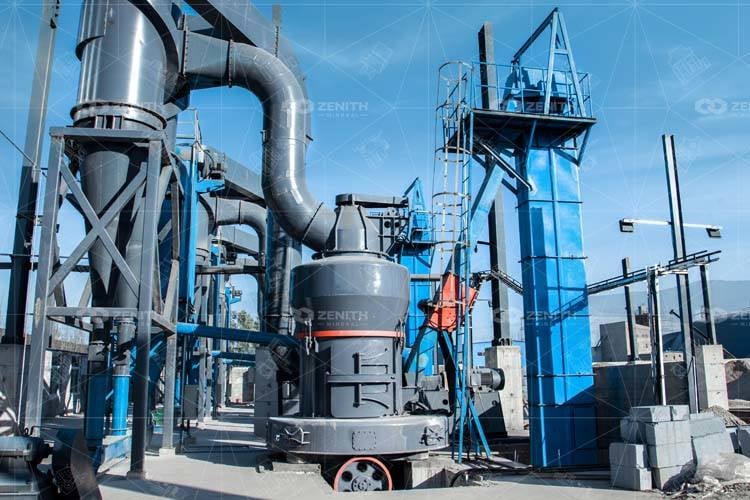
As large-scale ore grinding equipment, the grinding will inevitably fail during use due to its special role.
Fill your requirements here, and we'll send the custmized solution and quotation to you by the reserved contact information.